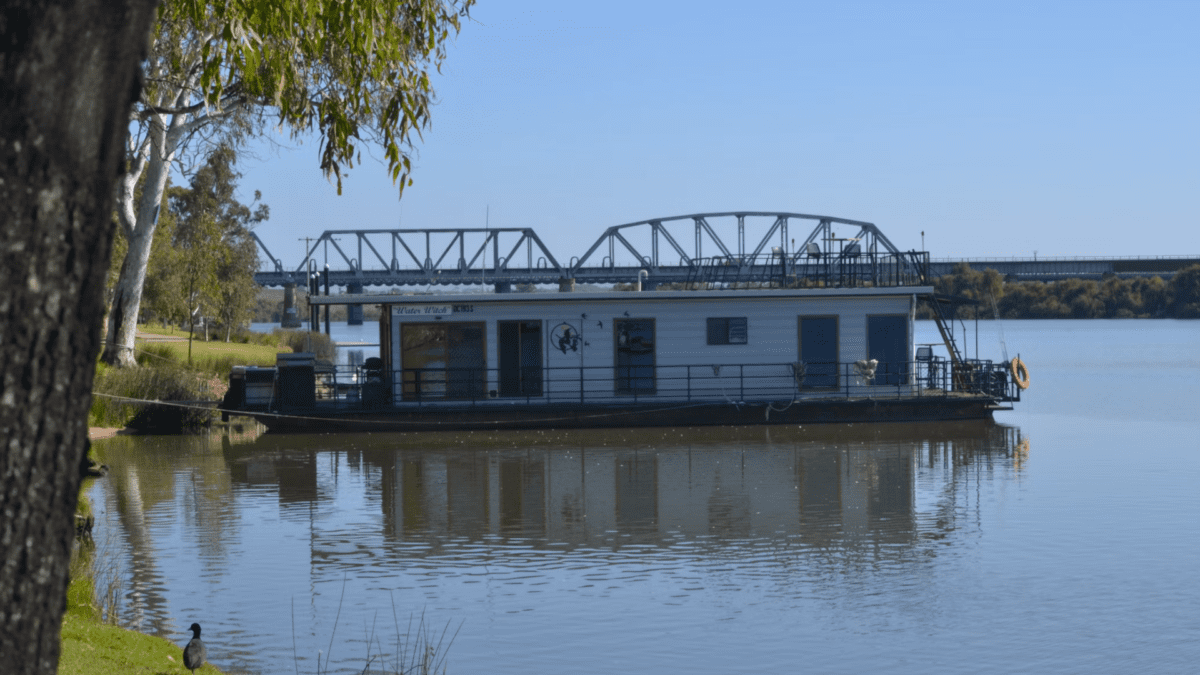Retiring on to a houseboat is growing in popularity
It won’t be everyone’s cup of tea, but more Australians are considering downsizing – to a houseboat. Although Australia doesn’t have the waterways of a Britain or Europe, it’s still a viable option. But there’s much to consider, especially when you consider the experiences of a Riverland woman who lost her ‘home’ when her houseboat sank on the Murray River.
That’s the downside. The upside is a compact, flexible lifestyle that doesn’t come with the housing or apartment costs such as council rates and strata agreements. You also need to like the water.
Today, there is an incredible range of houseboats available, and some of the luxury ones have some incredible features. Prices can range from about $100,000 to the millions – it just depends on how much luxury you require. But remember, it is your home, so a degree of comfort should be considered.
But before you say, ‘anchor away’, there some things that need to be considered before selling up and moving into a houseboat because there are some compromises that not everyone will find support the retiree’s lifestyle:
Financial planning: While it is true that houseboats sidestep some costs of living associated with owning a home, there are some other costs that need to be considered. Beyond the initial purchase cost, there are ongoing expenses such maintenance, mooring fees, insurance, and fuel. You should do the full range of calculations to decide whether the houseboat makes financial sense before you look to move into one.
Size and layout: Choosing the right size and layout of the houseboat is critical for retirees, and it’s important to understand that houseboats represent a severe downsizing on the size of most homes. For some this might not be an issue, but for people with hobbies or collections, you’ll need to work out where to store them because you’re unlikely to have room on the boat.
Maintenance requirements: Houseboats need regular maintenance; they can be very unsafe if they fall into disrepair. Above and beyond the cost of maintaining a houseboat, retirees should also consider whether they’re able to handle routine repairs and management themselves because houseboat maintenance can be physically demanding.
Location and mooring options: The choice of location is crucial for retirees considering a houseboat lifestyle. Australia has plenty of waterways and coastal areas with mooring options, but those aren’t always free to use, and then there’s the question about proximity to amenities. You’re still going to need to be able to access healthcare facilities, shopping markets and services, and those aren’t always easily accessible from areas where boats are moored. Often, many of these areas are tourism hot spots where the cost of living can be inflated.
Community and social aspects: While the idea of getting away from the world might sound appealing, many people that move into isolation quickly find themselves wishing for community again. Many marinas do have a tight-knit community of fellow houseboat residents, providing opportunities for socialising and shared experiences. But it’s also worth noting that retiring to houseboats is relatively uncommon, so for senior citizen groups and activities you might need to find a way of heading inland.
Future mobility and accessibility: Finally, life on a houseboat does require a level of physical capability beyond what most normal housing environments do, so you need to consider what you’ll do when the mobility and accessibility requirements of your home start to become a bit much. Be aware that it is likely you’ll need to sell up and find a retirement community at a younger age. Remember, too, that the asset value of houseboats – a bit like a car – declines where a traditional home increases over time.
For many retirees, a houseboat is the ideal way to enjoy freedom and a relaxed lifestyle in retirement. Without a doubt, it’s more challenging than taking to a caravan or downsizing into a more traditional home, but if your passion has always been to live on the water, then there’s no reason that you can’t work around the challenges.









